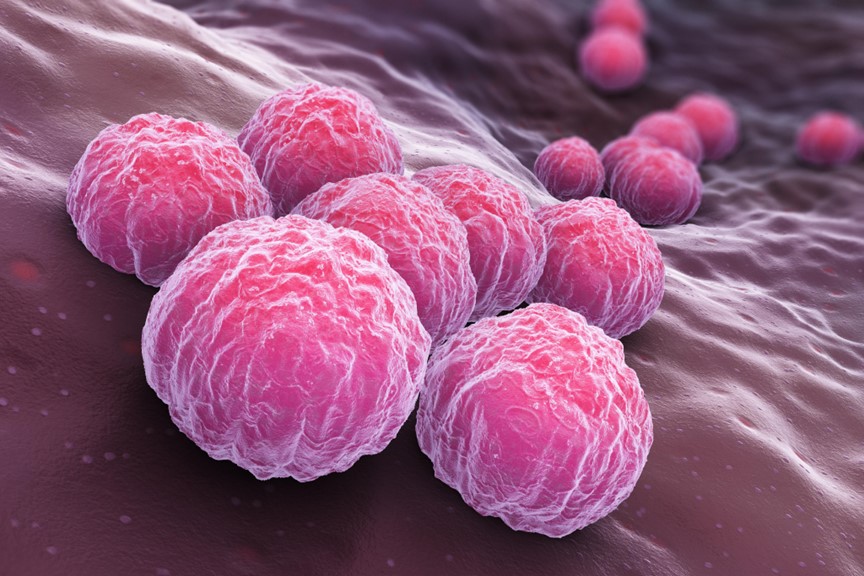What is chlamydia?
Chlamydia is a common sexually transmitted infection (STI) caused by bacteria. Chlamydia infections are treatable and curable. However, its symptoms are often unnoticeable. It’s important to receive treatment for chlamydia as soon as possible. Left untreated, chlamydia can lead to serious complications and cause permanent damage to your reproductive organs.
Symptoms of Chlamydia
Early-stage Chlamydia trachomatis infections often cause few symptoms. Even when symptoms occur, they’re often mild. That makes them easy to overlook, which is why regular screening is important.
Symptoms of Chlamydia trachomatis infection can include:
- Painful urination
- Vaginal discharge
- Discharge from the penis
- Painful sexual intercourse in women
- Vaginal bleeding between periods and after sex
- Testicular pain
Depending on a person’s sexual activity, Chlamydia trachomatis can infect the eyes, throat, or rectum. Eye infections, called conjunctivitis, cause the inside of the eyelid to be red and irritated. In the throat, an infection may have no symptoms, or a person may have a sore throat. An infection in the rectum may have no symptoms or may cause rectal pain, discharge, or bleeding.
Causes of Chlamydia
The Chlamydia trachomatis bacterium is most commonly spread through vaginal, oral, and anal sex. It’s also possible for pregnant women to spread chlamydia to their children during delivery, causing pneumonia or a serious eye infection in newborns.
Risk factors
Risk factors for chlamydia include:
- Less condom use.
- Less use of health services to prevent and treat sexually transmitted infections.
- Multiple sex partners.
- Changing sex partners before learning about a chlamydia infection.
People who have sex before age 25 are at higher risk of chlamydia than older people. That’s because younger people are more likely to have more than one risk factor.


